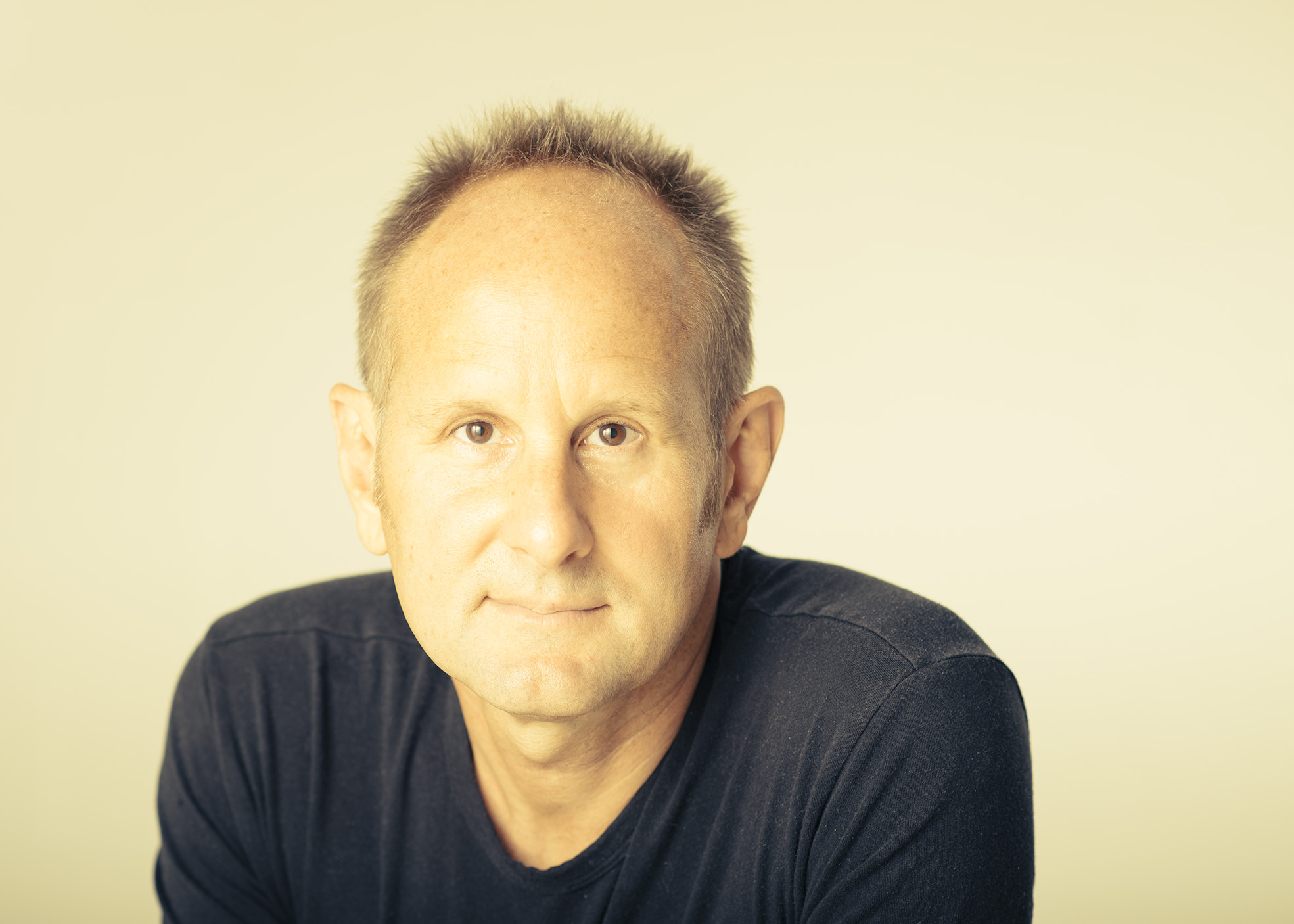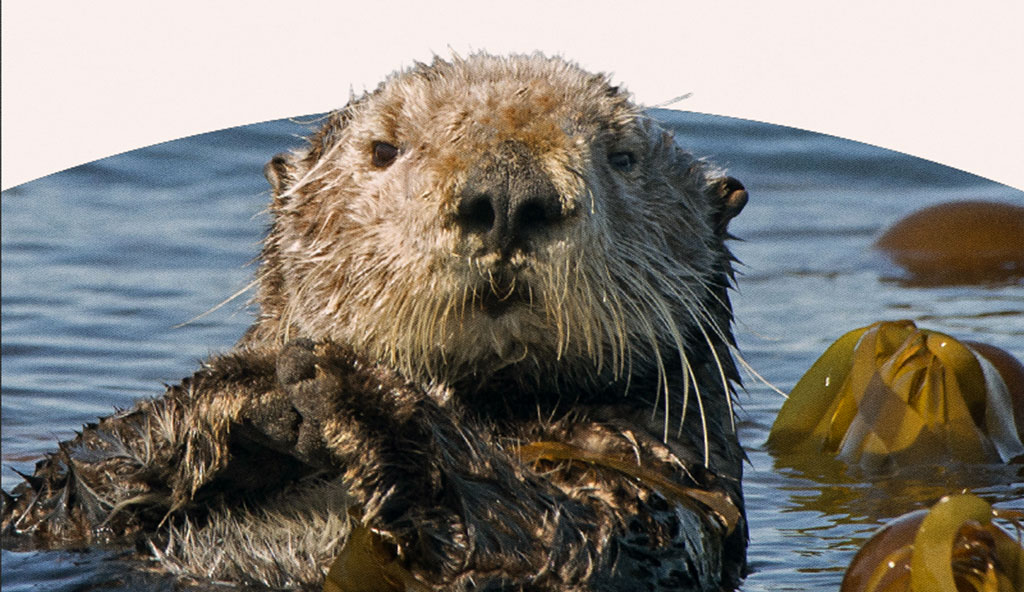
Though green burial is not a new concept, what is new is that it is being done in conjunction with restoration planning and conservation management techniques, providing a powerful new tool for protecting endangered habitat at a time when innovative, market-based solutions are sorely needed.
When I talk about my work—integrating conservation and deathcare—I’m usually met with either a nervous smile or a “you know, that makes so much sense, is there anything like that around here?” Some find it is because the concept requires the communion of seemingly incongruous concepts. I’ve known for a while, however, that it is often at these unusual intersections where the best ideas are born.
A decade ago, I led a research project for IBM to help the company better understand how major innovations are cultivated. One of my most important takeaways was that breakthroughs often come about when disparate things are brought together in ways previously unimagined. This explains why so many Nobel laureates made their discoveries while working in more than one field. Or why so much creativity came out of the renaissance period, when there was a bleeding (literally at times) among the areas of art, science, and religion. It even makes sense of those old ads for Reese’s Peanut Butter Cups.
I had my big “who put chocolate in my peanut butter” moment in 2002 when I moved to the Mojave Desert to develop an eco-retreat after working as a strategic communications consultant for a client in the cemetery/funeral field. My wife Juliette, who had recently left her job with an environmental planning firm, and I hoped to create a retreat that would provide solace in the fierce landscape that is Joshua Tree, California. And we were especially interested in making our place suitable for those needing to heal from loss—people who, from my experience in the deathcare industry, seemed terribly underserved.
A former spiritual director with whom I worked during my days as a Jesuit lay minister suggested that we look into the pilgrimages made by early-century monastics to the Egyptian desert as a means of “befriending death.” This led us to consider various end-of-life rituals we might accommodate at our place, which we dubbed “The Pilgrimage.” And it made us eventually wonder whether scattering ashes, or even whole-body burial, might be used to protect both our vast view shed as well as a fragile ecosystem home to many threatened plants and animals.
In exploring these ideas, I became aware of what the British were doing with “woodland burial”—a form of green burial requiring the use of trees as grave markers; nice but nothing that would work in a place like the Mojave Desert. I also came to know Dr. William “Billy” Campbell. Since the late 1990s, Campbell had been operating the nation’s first exclusively green cemetery; a laboratory of sorts that had helped him figure out how burial could best contribute to ecological restoration.
Campbell and I were on the same page about how green burial might be used as a conservation strategy; so much so that we decided to try to create a facility together that could serve as a prototype for rolling the idea out nationally. We worked on our first green burial project with another partner from the conventional cemetery/ funeral industry. It eventually became apparent that not everyone involved with the venture shared the ethic we knew was essential to make it succeed. Campbell and I were eventually forced to pull away from the project. But the experience taught me some invaluable lessons.
Green burial would only facilitate conservation if it were able to involve established conservation organizations willing to serve as stewards. To bring in these entities, it became clear to me that there had to be a legally enforceable mechanism of ensuring that everyone involved in the development and operation of a green cemetery was committed to transparency and accountability, as well as environmentally sound principles/ protocols. I also came to understand that green burial needed to be done in a way that engaged rather than threatened the conventional cemetery/funeral industry. Most importantly, I realized that I just couldn’t give up on this idea.
Ashes to Ashes?For thousands of years, and throughout most of the world, burial customs have been used to honor the dead and heal the living. And the great religious traditions, which gave us our end-of-life rituals, have invited us to find solace in the fact that we are all connected to the same natural cycle of birth, death, decay, and rebirth. Then something happened. —During the American Civil War, the Union Army, wanting to transport slain soldiers from the battle fields back home for burial, consulted with Dr. Thomas Holmes who developed a technique that involved the draining of a corpse’s blood and embalming it with a fluid made with arsenic for preservation. —The manufacturers of embalming fluid established some of the nation’s first mortuary schools, making embalming a cornerstone of the American way of death, even with the advent of refrigeration and dry ice. Other products added to the movement including the coffin and the concrete burial vault. |
Out of concern that green burial might get co-opted and due to our limited financial resources, my wife and I decided to sell our place in the high desert and use the proceeds to let me establish, and lead on a voluntary basis, the Green Burial Council (GBC). The GBC is an independent, nonprofit organization, which aims to encourage sustainable deathcare and use the burial process as a means of acquiring, restoring, and stewarding natural areas.
With input from the nation’s leading experts from such fields as restoration ecology, sustainable landscape design, conservation management and consumer affairs, along with people representing organizations like the Trust for Public Land and AARP, the Council established the first set of certifiable standards for two levels of green cemeteries. The standards, which can be seen at www. greenburialcouncil.org, require that a burial ground be permanently protected via a conservation easement or deed restriction, and that an operator engage in restoration planning as well as adhere to a set of ecologically sound protocols.
Last year, I established Conservation Burial Partners, LLC (CBP) to engage in work that falls outside of the scope of GBC’s mission as standard bearer in this emerging field to directly assist in the creation of burial projects. With an executive team comprised of a former head of a prominent national environmental organization, a retired senior vice president of a large cemetery/ funeral concern, and a management consultant who specializes in green start-ups, CBP aims to make green burial a more legitimate conservation tool and a readily available option for Americans desiring simple, sustainable and meaningful deathcare by bringing together conservation entities (i.e., land trusts, park service agencies, conservation developers) with deathcare concerns (i.e., cemetery operators, funeral providers, and cremation companies).
Each Year We BuryCoffins, vaults, and embalming (except under rare circumstances) are not required by law in any state, yet all are commonly used. In the United States, deathcare has become a $15 billion industry—and a wasteful and toxic one at that. Each year we bury: —Enough embalming fluid (now made up of formaldehyde, a known carcinogen according to the World Heath Organization) to fill eight Olympic-size pools; —More steel (in coffins alone) than was used to build the Golden Gate Bridge; and —So much reinforced concrete that we could construct a two-lane highway from New York to Detroit. |
Conservation Burial Partners’ business concept calls for our firm to first obtain the rights from a landowner to scatter and/or bury human remains. Once a property is entitled and compliant with all laws, we line up a conservation partner to serve as steward and a cemetery operator to manage the facility in accordance with the Green Burial Council standards. CBP also provides marketing support in a number of ways including, via an exclusive arrangement with the nation’s largest directcremation company—the Neptune Society—which will begin making available to its clientele scattering options that generate money for conservation purposes.
Our flagship facility is in the Galisteo Basin Preserve just south of Santa Fe, New Mexico (see map). The project is a joint venture with the nonprofit Commonweal Conservancy and Santa Fe Funeral Options and Memorial Gardens, a local cemetery and funeral home. Half the proceeds generated from the burial program (taxdeductible for the consumer) will be used to acquire and permanently protect an adjacent 1,000-acre “memorial landscape.” There are several more projects in different stages of development in Alaska, California, Colorado, Michigan, Texas, and Virginia. And we are in the midst of raising money to expand these opportunities.
Green burial has been gaining support among entities whose buy-in is critical, as evidenced by my recent invitations to address the national conventions of the country’s leading conservation organization and several elite associations of cemetery/funeral industry professionals. Favorable articles on the subject also have appeared over the past year in leading journals and trade publications published by organizations like the Land Trust Alliance and the International Cemetery, Cremation, and Funeral Association. And a recently published study by AARP—the first organization that has conducted a study related to deathcare in eight years—has identified as a “key finding” that a “substantial portion of individuals in the 50+ age group expressed an interest in environmentally friendly alternatives to traditional funerals and burials.” That’s not to say that the concept doesn’t and shouldn’t have its detractors.
In the wrong hands, protecting natural areas, not to mention caring for the dead, will always be problematic. This work is undoubtedly done best by those who are not motivated solely by profit. But it doesn’t mean that market mechanisms should not be fully utilized to help solve these problems; particularly when government funding for conservation continues to erode, and legislative attempts, over many decades, to reform the highly entrenched cemetery/ funeral industry have been entirely ineffective.
In the end, the success of this venture may lie less in connecting the dots between conservation and deathcare, and more in the ability to demonstrate that a couple of other seemingly disparate concepts—economic viability and ecological sustainability—are capable of co-existence. And that may be what it’s going to take to make “ashes to ashes, dust to dust” once again meaningful.
Visit www.greenburialcouncil.org for more information.



